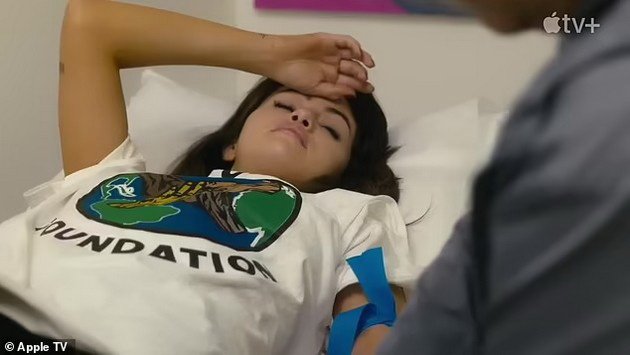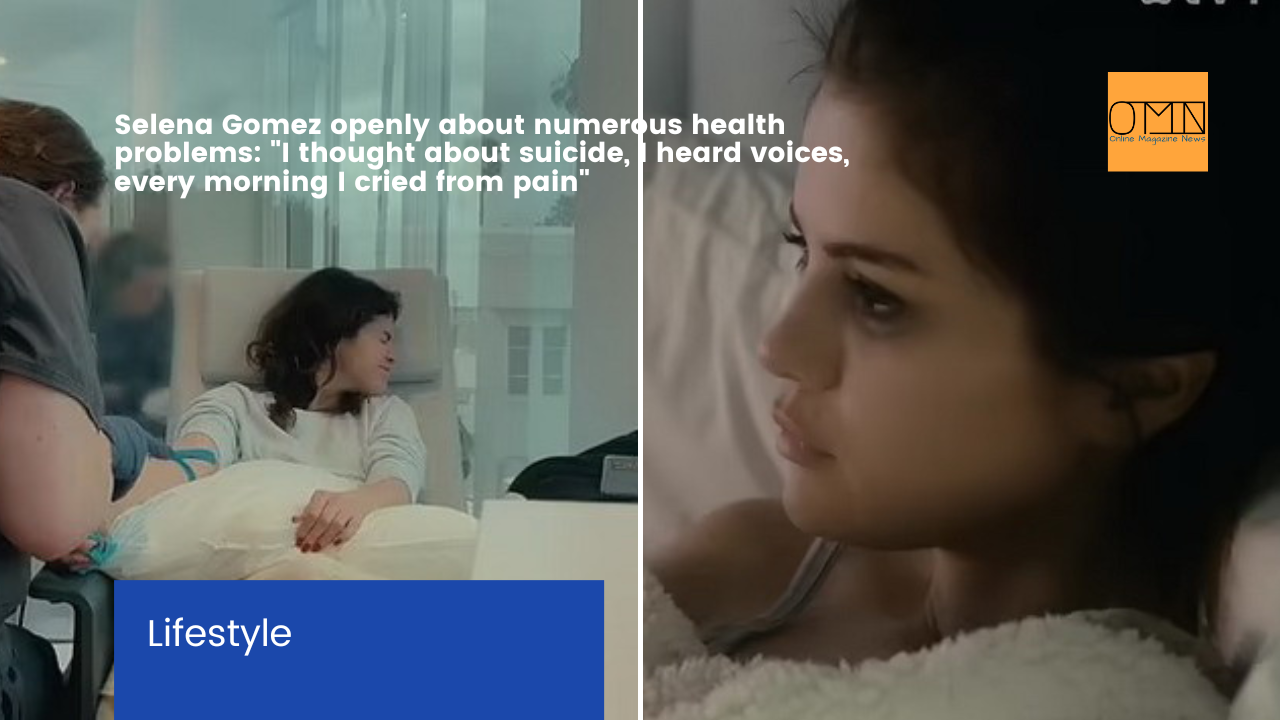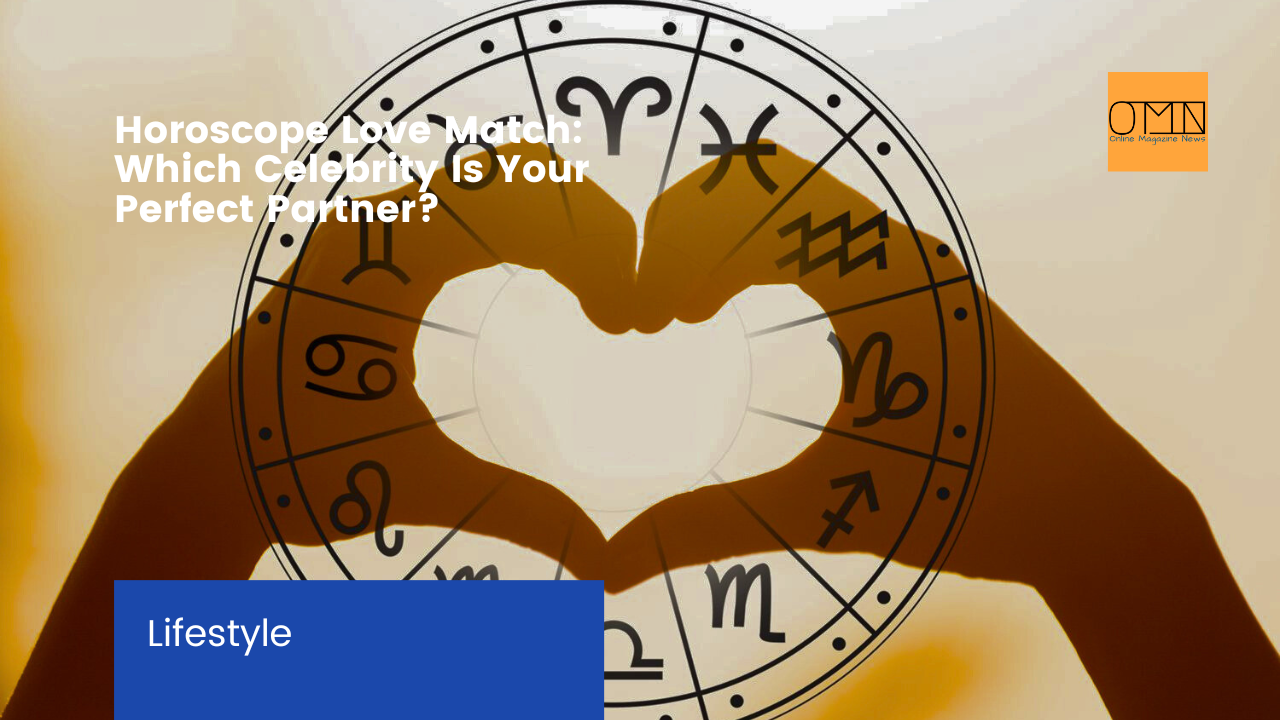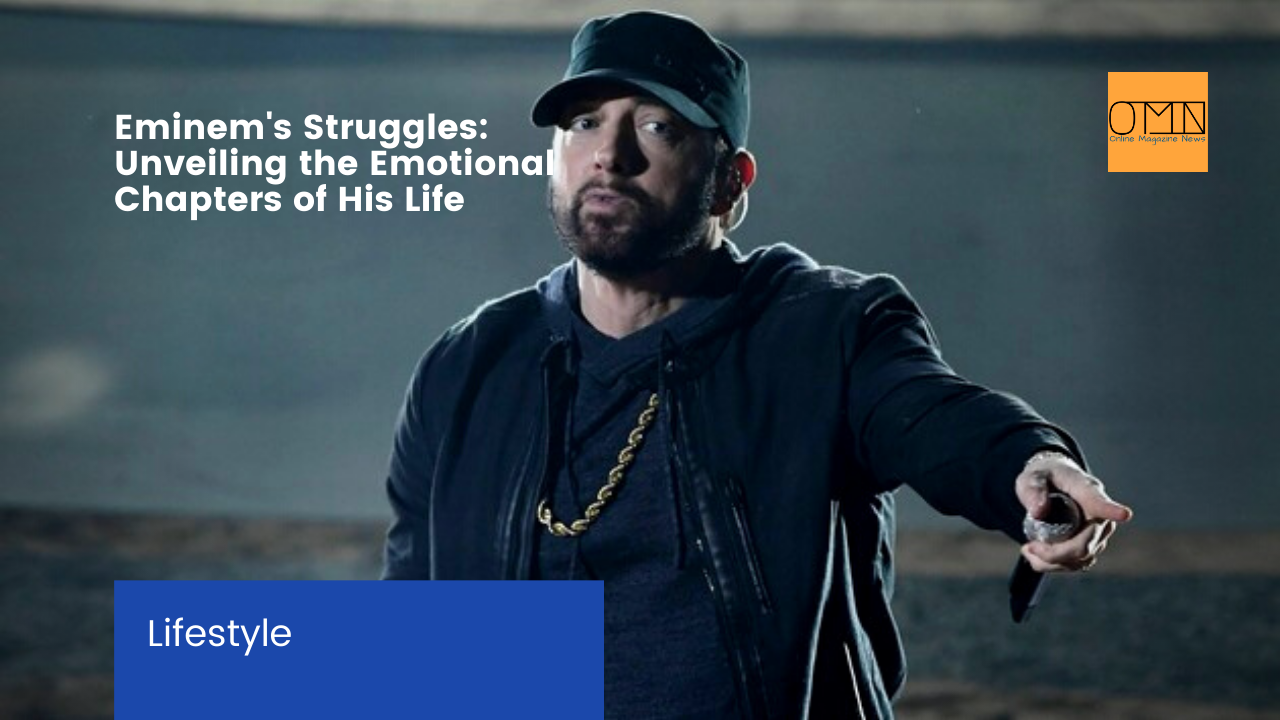In an interview with Rolling Stone, as well as in her new documentary entitled My Mind & Me, Selena Gomez opened up about her health problems – the diagnosis of lupus, and bipolar disorder, as well as the darkest period of her life when she even thought about suicide.

Selena Gomez openly about numerous health problems
Selena Gomez‘s new documentary features scenes of the singer from when her lupus symptoms worsen, causing her to cry. The singer says that the battle with this autoimmune disease is one of the most difficult in her life because she felt almost unbearable pain.
“I had no symptoms. Now it just hurts. In the morning, when I wake up, I immediately start crying because everything hurts.”

In one scene, the doctor tells the young singer that her pain is caused by lupus, but also by another disorder that causes muscle pain and weakness.
Then he also gives her the medicine that is supposed to help her joint pain for about a year.
“I always feel good when I know the answers, but it was very difficult for me to take the medicine last time. The treatment lasts four to five hours. It puts a strain on your whole system at first, but it’s okay,” says Selena.

In the documentary, there are scenes where Selena also receives relaxation medicine because she could not calm down.
The young singer was diagnosed with lupus in 2015 and received therapy. In 2017, she was hospitalized because one of her kidneys stopped working due to the disease.
The singer had a kidney transplant, and the donor was her friend Francia Raisa.


Before she was diagnosed with bipolar disorder, Selena had psychosis that caused her to have suicidal thoughts.
“I thought the world would be a better place without me.”
However, the singer points out that she never tried to take her own life, and during the period when she had these thoughts, she was diagnosed with bipolar disorder. She has been to four health facilities trying to get her mental health back on track.
“I’ll be very open about this – I’ve been to four institutions. I think in the early 20’s things were getting very dark.
Then I began to feel that I had no control over my feelings, whether they were very good or very bad.”
Read: Kim Kardashian on the extreme diet: “I got psoriasis all over my body, I couldn’t move my arms, but I will do anything to be beautiful”
The singer had drastic mood swings – from extreme happiness to terrible depression – that sometimes lasted for weeks or even months. Even worse, she could never find the reason for these emotions.
Selena began filming the documentary in 2016, but when her mental health deteriorated, the director decided they should not continue filming.
In 2019, the singer continued filming and since then some of the most vulnerable periods of her life have been recorded.
In fact, even the director himself was hesitant to film it all:
“I was at her house and she was starting to cry. And I just said to her: ‘I don’t know if I should record this.’ So she would have told me that I had to record it.”

The singer herself hesitated whether to publish the documentary, but after the first test viewing, she realized that it was the right choice if she wanted to raise awareness of the problems faced not only by her but also by many other people.
“I thought if the documentary had an impact on one person, it would surely have an impact on many more.”
Watch the trailer for Selena’s documentary:
TRENDING: Ben Affleck gave his 10-year-old son a Lamborghini to drive – He had an accident and was criticized for being an irresponsible parent
Download the new game Guess The Celebrity Quiz and check how well you know your idols






